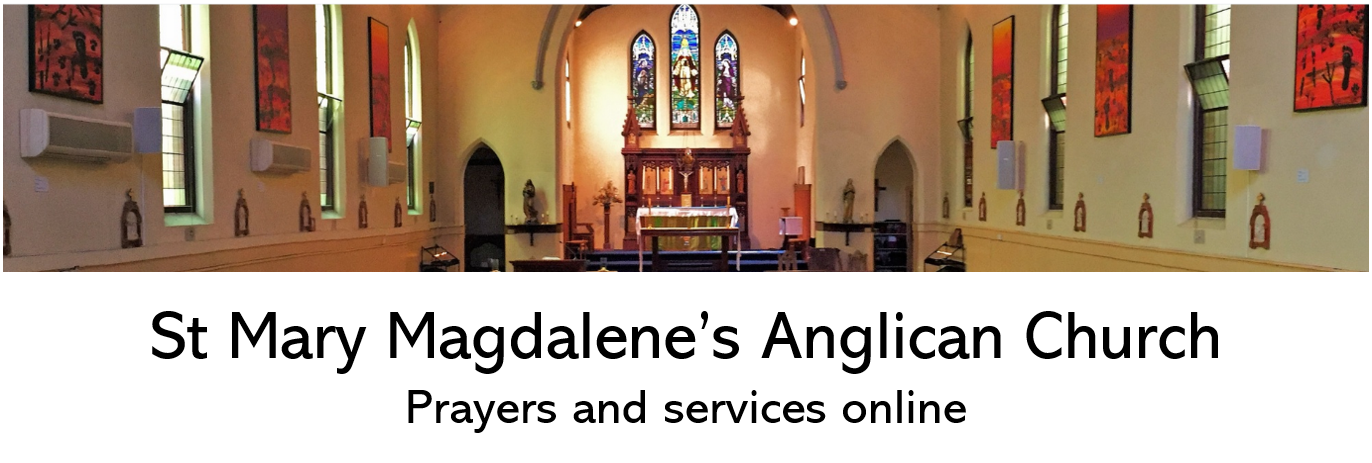I find that there is a crucifixion and a resurrection every day
Michael Leunig

_______________________________________
I find that there is a crucifixion and a resurrection every day; in some sense or other there seems to be lots of little crucifixions and occasionally some big ones, and if it is gone into and almost embraced, if possible….When you’re truly broken- and sometimes you think you’re broken and it hasn’t begun, it gets worse sometimes – it never seems to end….It always seems to be enriching ultimately. But you don’t pursue crucifixion, obviously; it comes to you. And it comes to all, that’s the other thing: nobody escapes this.
Michael Leunig

When power meets power, you get a power struggle. 
When power meets vulnerability, you get alienation. 
But when vulnerability meets vulnerability, you get intimacy.
The gospels each begin with Jesus as a man of action, but as they honour his story we see him move from action to passion. We see him in agony in the Garden before the crucifixion, and we see him give himself over, to be “done unto”. God is not greater than in this humiliation: God is not greater than in this humanity.

As you reflect on Jesus on his cross – be in touch with the movement in him that is the ultimate paradox:
From being sorrowful, yet always rejoicing
as poor, yet making many rich
as having nothing, yet possessing everything
as being shackled, and yet free
as being weak, yet strong
as dying- yet behold- ALIVE.
As you get in touch with such aliveness – can you honour your own dreams and sorrows?
Can you become aware of your own sufferings – your own experience of poverty, mourning, of being misunderstood, un-free, and dying?
Can this place become for you the place where you can become both fully human and fully alive?
One of the surprising paradoxes of life in the last 70 or 80 years is the witness of many people in prison, mostly for political reasons, who have found inner freedom and hope.
Nelson Mandela, in his 27 years in prison, found freedom before he was released, and was able to forgive.
Solzenhnitsyn, in the Gulag, could exclaim: “Bless you prison!”.
Dietrich Bonhoeffer, who was imprisoned by the Nazis, and hanged in the closing stages of the war, could affirm in his last words: “This is for me the beginning of life”.
And Yulia Tymoshenko, imprisoned, having served 2 terms as PM of Ukraine, could quote Anna Akhmatova, poetic chronicler of Stalin’s terror: “I am alive in this grave”, and go on to say herself: “Indeed. I am more than alive, I know, than the men who have imprisoned me here”.
The figure of Christ crucified focuses into one
the human image of God and the divine image of humanity
Julia Gatta
The images in this post show the art of ‘kintsugi’, a Japanese art of repairing broken pottery. This traditional Japanese art uses a precious metal – liquid gold, liquid silver or lacquer dusted with powdered gold – to bring together the pieces of a broken pottery item and at the same time enhance the breaks.
In this video from the artist and author Makoto Fujimura describes the Japanese art of kintsugi (literally “golden seams”) and how it reflects the beauty that can emerge from our own fractured hearts and lives, suggesting how our traumas can be wholly transformed. Like broken bowls mended with gold.
For a printable PDF of the text of this meditation please click on the link below.




